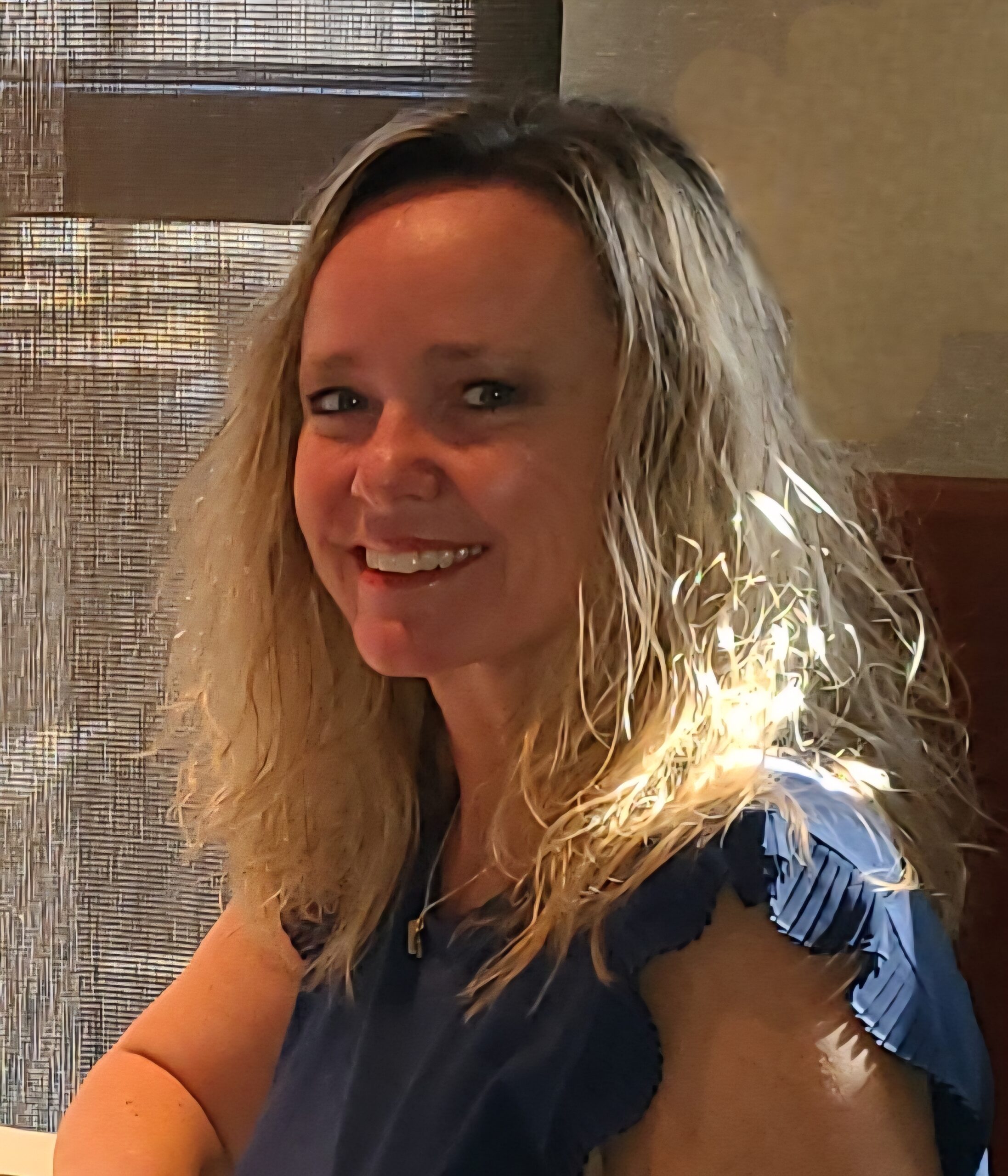Let’s be real: managing certificates of insurance (COIs) in a public entity can feel like herding cats in a windstorm.
I’ve spent years in the trenches—reviewing COIs, chasing down vendors, and trying to stay ahead of expiring coverage before it turns into a liability for the county. And if there’s one thing I’ve learned, it’s this: COI compliance is rarely about the paperwork—it’s about the process. Or in many cases, the lack of one.
Why COI Chaos Is So Common in the Public Sector
Here’s what typically happens in cities, counties, and special districts across the country:
- Decentralized Contracting: One department signs a vendor agreement. Another holds the insurance documents. And a third is on the hook when something goes wrong.
- Inconsistent Requirements: There’s often no standard language for indemnity or insurance across contracts—leaving each project team to reinvent the wheel (or forget it altogether).
- Manual Tracking Tools: I’ve seen COIs tracked in Excel, Outlook folders, even post-it notes. When your “system” is a spreadsheet, things slip through the cracks—especially during staffing shortages or leadership transitions.
- Delayed Follow-Ups: With dozens (or hundreds) of vendors, following up on renewals manually is nearly impossible. One missed email can mean an uninsured contractor working on public property.
- Misunderstood Risk Profiles: Not every project needs the same level of coverage, but we often see boilerplate requirements that either underprotect or overreach—both of which carry consequences.
These gaps don’t just create administrative headaches. They leave public entities exposed. An expired COI may seem like a small issue—until an incident happens, and the agency finds itself footing the bill.
What Forward-Thinking Agencies Are Doing Differently
The good news? I’ve worked with public entities that have turned things around—and here’s what’s working:
1. Centralizing the COI Process
Instead of leaving risk management to individual departments, leading agencies are assigning COI compliance to a single point of accountability—whether that’s a person, a platform, or a dedicated risk unit. It eliminates silos and ensures nothing gets lost in the shuffle.
2. Using Technology Built for the Job
Modern COI tracking tools streamline the entire process—automating renewals, flagging non-compliant vendors, and ensuring records stay current. That means no more digging through inboxes or hoping you remember when coverage lapses. You get timely, proactive oversight without the scramble.
3. Standardizing Contract Language
Legal, procurement, and risk teams are finally working together to define clear, defensible indemnity and insurance clauses. Once that’s standardized, enforcing it becomes a whole lot easier.
4. Right-Sizing Coverage Requirements
Blanket insurance demands can deter smaller vendors and create unnecessary friction. Smart agencies are tailoring their requirements based on the actual risk of the engagement, striking a balance between protection and practicality.
5. Training Staff and Setting Expectations
You can’t fix COI chaos without buy-in. The most effective programs start with education—helping teams understand why COI compliance matters and the real risks of ignoring it. When people grasp the bigger picture, they’re far more likely to catch red flags before they turn into legal headaches.
It’s Not Just About Compliance—It’s About Confidence
At the end of the day, COI management isn’t about checking a box. It’s about knowing your agency is protected when things don’t go as planned. That peace of mind is worth a lot—and it starts with cleaning up the chaos.
If your agency is still relying on outdated tools or crossing fingers that coverage is valid, I promise you—you’re not alone. But you don’t have to stay there. With the right process, tools, and a little collaboration, COI compliance can be something you trust—not something you dread.

Ashlie Dittfield
Insurance Certificate Operations Manager
Author Biography
Ashlie has over 20 years of insurance experience.
Responsibilities
Risk manager, SME, insurance training specialist, development of processes, working relationship with product to enhance product functions, assist in partner relationships and client relationships
Business Experience
Five years in SAAS, Certificates over 20 years, training 20 years
Education
TN Insurance Producer License (contains Life/Health, personal line, P & C) FL. 6-20 All Lines Adjuster



